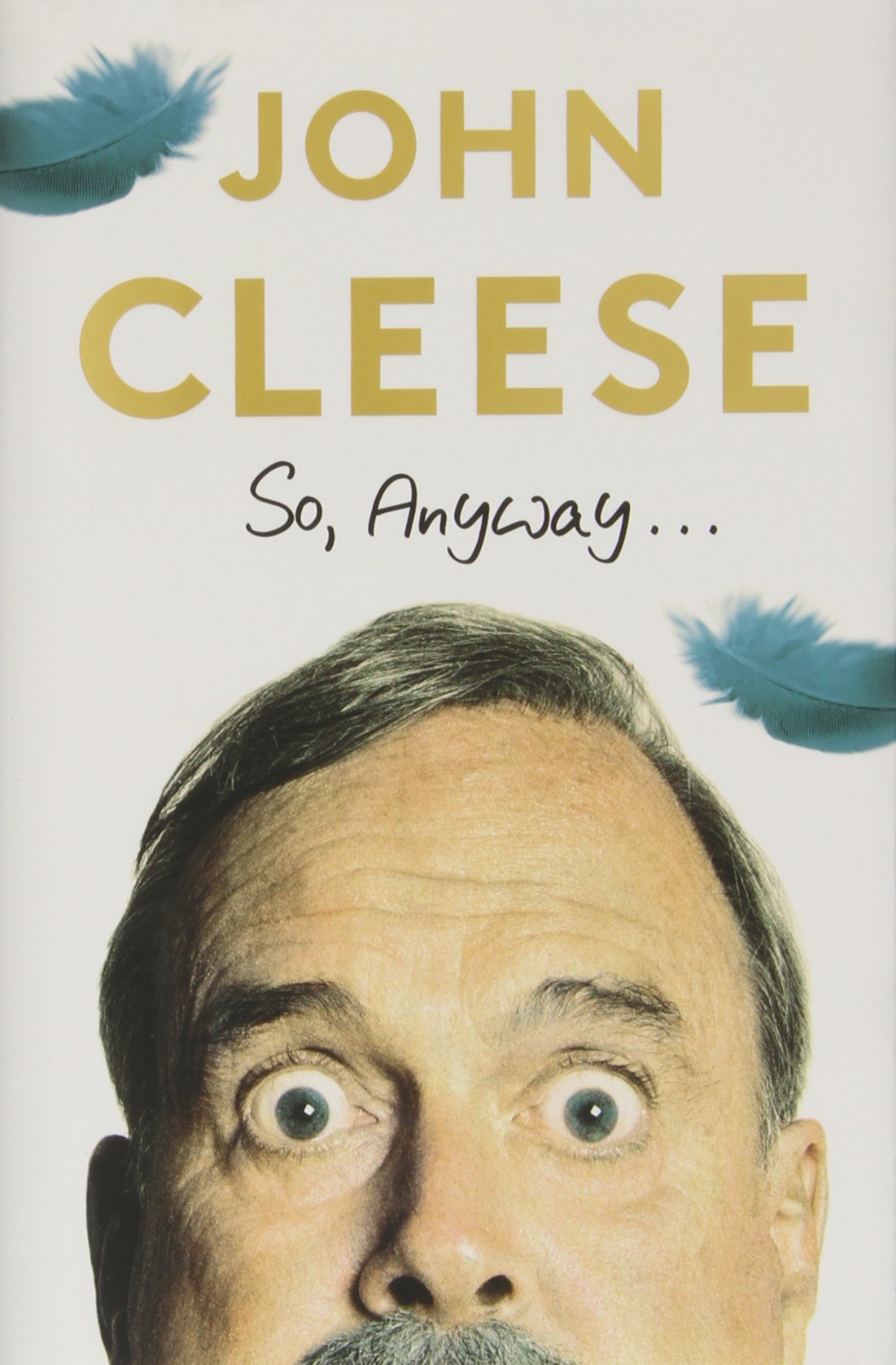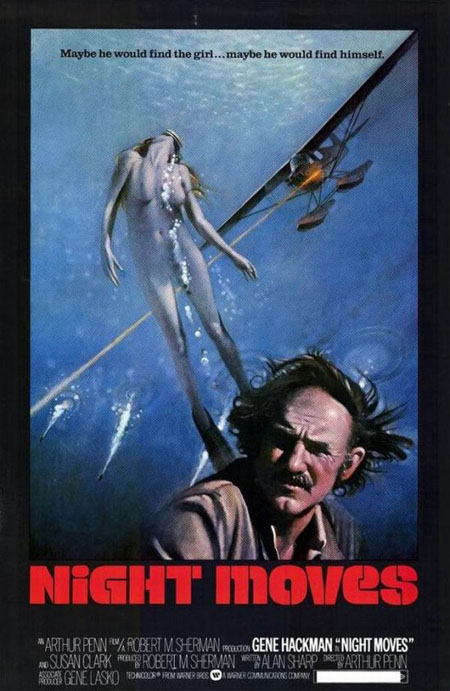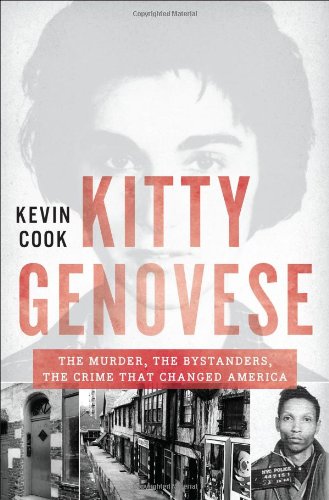Warner Archives Gives Us A Look At One of Hollywood's Forgotten Stars: Steve Cochran
by Don Stradley
Steve Cochran is known more for his stormy personal life and
mysterious death than for any of his movie appearances. This is
understandable for a character who earned more than a few paragraphs in some of
the trashier Hollywood tomes. When Cochran was found dead on his
yacht at age 48, a victim of rough seas and failing health, there was a sense
that his bad behavior had finally caught up to him. That his acting work
is largely forgotten is a shame, for at one time the hard partying
Cochran was one of Warner Bros’ brightest hopes for the
future.
The couple hits the road, pretending to be married.
They shack up in a camp where Bill gets a job picking lettuce.
Unexpectedly, Cay enjoys married life, even if it’s only a ruse to hide from
the law. Meanwhile, Bill grows more neurotic as he senses the cops
closing in on them. Though the movie wasn’t a huge hit, director Felix Feist gives it a light noir
feel and does the best he can with a typical Warner Bros potboiler.
Cochran was 34 at the time of Tomorrow is Another Day. A former cowboy and railroad
worker who’d left the University of Wyoming to try his hand at acting, he’d impressed
studio heads with his work in films starring Danny Kaye, and Ronald Reagan. He’d
also delivered a strong supporting performance opposite James Cagney in White Heat. Warner Bros was
testing the waters with Cochran as a leading man in the John Garfield
mold. There’s a key moment in Tomorrow
is Another Day when the couple on the lam trade their city finery for leather
jackets and blue jeans. With his low-key acting and feral good looks, Cochran
looks less like Garfield and more like the off-beat leading men to come, from
Marlon Brando to Monty Clift. Warner Bros would spend the next
couple of years trying him in a variety of roles, from rodeo men to tank commanders, but Cochran
was simply born to play heavies.
Consider Storm
Warning, released by Warner the same year as Tomorrow Is Another Day. Ginger Rogers witnesses a murder committed
by the KKK, and notices her brother-in-law (Cochran) among the mob, underneath a white hood. Directed
by Stuart Heisler, the movie was
accurately described by Bosley Crowther as a “mechanically melodramatic film,
superficially forceful but lacking real substance or depth.” Yet, the movie was a money-maker and Cochran
turns in one of the slimiest performances of his career as a Klan lackey, a
stupid man hiding behind the force of a large group. With a strong cast around him, including
Rogers, Reagan, and Doris Day, Cochran steals the picture. Hostile one moment,
nervous as a bagged rat the next, his villain has far more shading than say,
Reagan does as a self-righteous District Attorney. At the film’s climax, an enraged Cochran hurls
Day across a room with such violence that it looked as if America’s future
sweetheart wouldn’t come out of this movie without a touch of brain damage.
Unfortunately,
Storm Warning hasn’t aged well. Cinematographer
Carl Guthrie makes the best of the Corona, California backdrop and gives it a
nice, noir feel, but at heart it’s the
sort of heavy-handed ‘message’ picture that Warner Bros was making in those
days. Yet, the scene where the town’s reigning
“grand dragon” takes Rogers into a field and works her over with a bullwhip has
a surreal terror about it, especially since Cochran is watching the action with
an absolutely demented look on his face. (No one was better than Cochran at lurking in the shadows looking like a wild-eyed
degenerate!)
If Cochran was brooding in Tomorrow is Another Day, and manic in Storm Warning, he’s downright sinister in Highway 301, a routine
crime thriller released just two months prior to Storm Warning, in Dec. 1950.
As dapper killer George Legenza, he plays the sort of short-tempered
gangster that George Raft or Bogart might have played. Granted, the movie is just a typical “crime
doesn’t pay” drama, but Cochran shows he could play villainy close to the vest,
even as he was taking particular pleasure in murdering women who posed a threat
to his gang’s safety. Crowther, in
full-slam mode for The Times, wrote the movie off as “a straight exercise in
low sadism,” and wasn’t far off the mark.
The film ends with Legenza making a mad sprint through the
streets as he tries to elude the cops.
The scene is fascinating because Cochran plays it like he’s
half-enjoying the chase. Crowther noted
that the audience for the NY premiere was “made up mainly of muscular youths” who
weren’t especially interested in the story as a crime deterrent, but seemed to
enjoy the action provided by this “this cheap gangster melodrama.” One can imagine the youths in the theater cheering
for Cochran as he dashed through alleys and parking lots, occasionally glancing
over his shoulder to see if his pursuers were near. Cochran could easily portray the kind of lazy charisma and disdain for
authority that audiences have always liked; if luck had been on his side, he might have
picked up the sort of roles that went to Robert Mitchum.
Unfortunately, Warner
Bros was at a low point, still churning out traditional gangster flicks while
other studios were moving into newer, fresher territories. Cochran went on to
start his own production company, and intermittently
earned some critical praise working for directors
ranging from Michelangelo Antonioni to Roger Corman. By the 1960s he was earning his bones in TV
shows like Twilight Zone and Bonanza, and was frequently a subject for the
scandal magazines of the day, usually
involving a woman. He scuffled to write
and direct his own projects, but his one effort, Tell Me In The Sunlight, wouldn’t
be released until two years after he died. By 1987 when Mamie Van Doren wrote
about their affair in one of her steamy memoirs, Cochran was long overlooked by
all but the most serious of movie buffs.
The titles currently showing on the Warner Archives do Cochran
some justice. They show an actor who had
been given the ball and was determined to run with it, an actor who had some questionable
private habits but was, nonetheless, as
capable as anyone in the business.
Tomorrow is Another Day,
Storm Warning, and Highway 301 are all available on the Warner Archive
streaming service.







